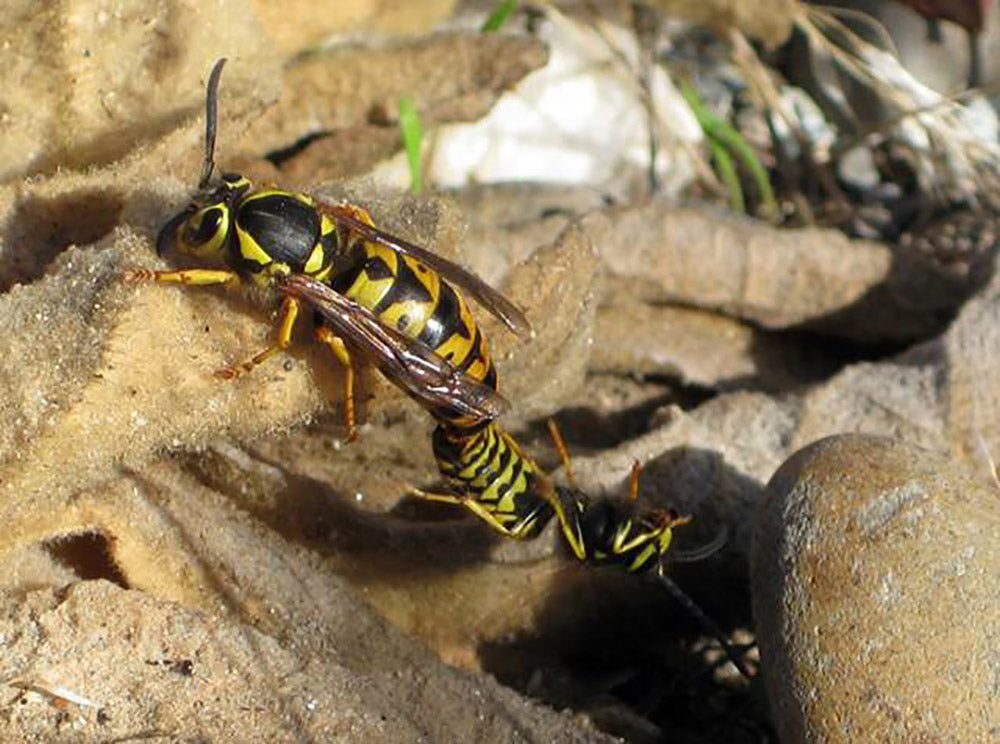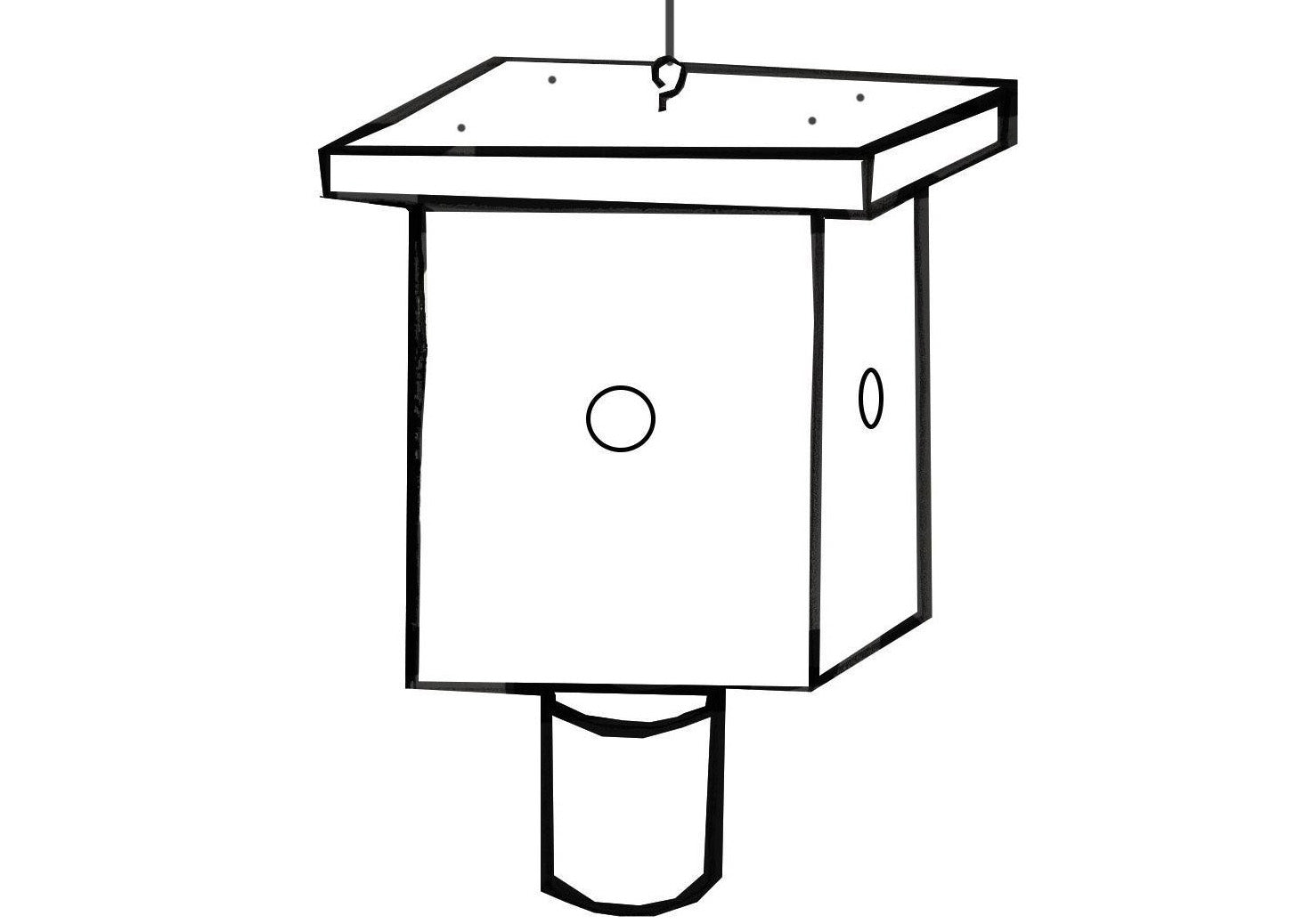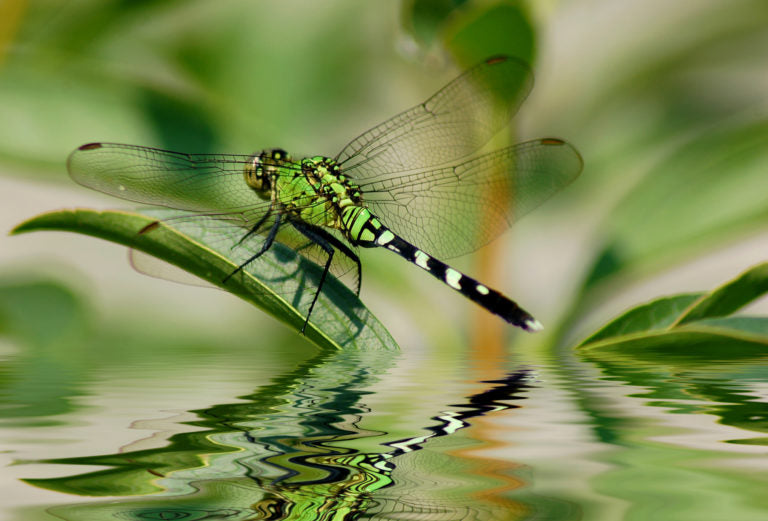How Do Wasps Reproduce? When Is It Too Cold for Them?
Ahh, the birds and the bees talk…this time about WASPS!
What’s a Wasp’s Life Cycle?
Since there are many different types of wasps, 30,000 identified species, in fact, let’s focus on one, the Eastern yellow jacket – Vespula maculifrons. This easy-to-identify black-and-yellow-striped social wasp has pestered many picnics and backyard BBQs, since it loves sweet, sugary foods.
The yellow jacket life cycle begins with a fertile queen, who builds a nest and uses stored sperm to create worker wasps. These workers continue building the colony, and die off at the end of summer. The life cycle continues with newly created queens hibernating through the winter to start the life cycle again the following spring.

This life cycle is common for social wasps like our friend the yellow jacket. Other social wasps include paper wasps and hornets. Did you know Best Bee Brothers has a deterrent for keeping paper wasps from building hives in your backyard? Check out the Wasp Deterrent Hive for an ecosystem-friendly solution.
When Is the Wasp Mating Season?
Now that we know the life cycle, let’s talk about mating behavior. Around the end of summer, the queen starts to run out of that stored sperm we mentioned. She needs to find males to mate with. So she stops laying eggs that are becoming unfertilized females and starts laying special eggs that will become new queens and young males. These young males are laser-focused on finding the new queens. After the males mate, they die off in a process known as suicidal reproduction – yikes.
Okay, but How Do Wasps Mate?
You may know that many bees will mate in flight, but wasps are different. The queens tend to mate with a male drone on the ground, close to their nests. The male lands on the female to deposit his sperm. She may mate with several males to fill her reserves for next year’s wasps.

As Fall Turns to Winter…What Happens to Wasps When It’s Too Cold for Them to Survive?
The motto of wasps is not survival of the fittest; it's survival of the queen. All members of a wasp colony do whatever it takes to keep the queen alive to lay eggs when the weather warms. However, for the rest of the wasps in winter, the outlook isn't good. So if you find a wasp in your home in the winter or where the sun warms a patch of ground as snow melts in spring, it is most likely a queen. The rest of the colony died in late fall. Before they die, they can be found anywhere there is food, especially sugary food. That search for food brings them in frequent and sometimes too close contact with us. It becomes officially too cold when the high temperature is below 45 degrees Fahrenheit over a 5-to-7-day period.
So we will have to share our spring, summer and fall with the wasps. These pesky insects play an important role in the ecosystem. Researchers have found that wasps are underrated pollinators and play an important role as natural predators of pests that destroy important food crops, such as aphids and caterpillars. But their reputation for aggression and ability to sting repeatedly can make them a nuisance when wasps build their home too close to yours. With our nontoxic glass wasp traps you can skip the harmful chemicals and control wasps around your home without harming the environment. And they look good too! Check out our Glass Wasp Traps at www.bestbeebrothers.com. Find more great info on wasp control and removal at How to Get Rid of Wasps.
- “Wasps,” National Geographic, accessed September 30, 2021.
- William Michael Hood, “Yellow Jackets,” Cooperative Extension, Clemson University, accessed September 30, 2021, https://www.clemson.edu/extension/beekeepers/fact-sheets-publications/yellow-jackets.html.
- Donald Lewis, “Overwintered Wasps,” Horticulture and Home Pest News, Iowa State University, accessed March 13, 2021, https://hortnews.extension.iastate.edu/1992/4-29-1992/wasp.html.
- Phil Nixon, “Yellowjackets,” Home, Yard & Garden Pest Newsletter, University of Illinois Extension, September 29, 2004, http://hyg.ipm.illinois.edu/pastpest/200418e.html.
- University College London, "Wasps Are Valuable for Ecosystems, Economy and Human Health (Just like Bees)," ScienceDaily, April 30, 2021, https://www.sciencedaily.com/releases/2021/04/210430093209.htm









Leave a comment
All comments are moderated before being published.
This site is protected by hCaptcha and the hCaptcha Privacy Policy and Terms of Service apply.